Poor Things’ Oscar-winning make-up and hair: behind-the-scenes interview
Celebrating Poor Things’ Oscars 2024 success, we revisit our interview with Nadia Stacey, the hair and make-up artist who transformed Emma Stone and Willem Dafoe
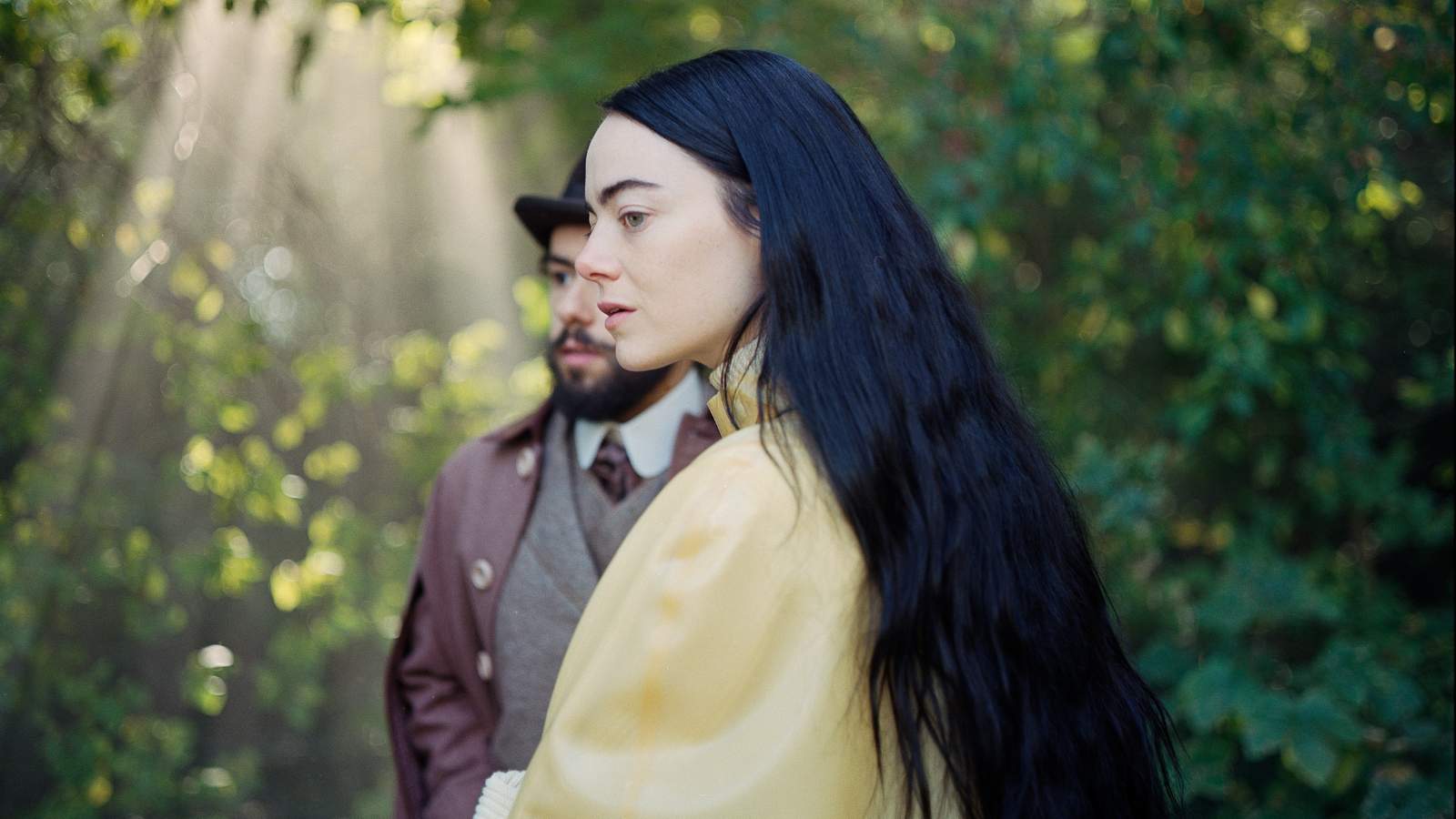
There is a scene in Poor Things – the latest film by singular Greek director Yorgos Lanthimos, winner of Best Makeup and Hair at the Oscars 2024, as well as on the BAFTA 2024 stage – where the hair of protagonist Bella Baxter (played by Emma Stone) is described as ‘silk on a translucent, glowing egg’.
The dark comedy is an adaptation of Scottish writer and artist Alasdair Grey’s 1992 novel – which blends surrealism and sci-fi with political and social commentary. Set in Victorian London, the Frankensteinian story recounts the tale of Bella being brought back to life by surgeon Dr Godwin Baxter (Willem Dafoe) after jumping from a bridge to end her life, pregnant with a child she does not want. Dr Baxter ultimately swaps her brain with that of her unborn child, leading to Bella having to learn about the world she inhabits anew.
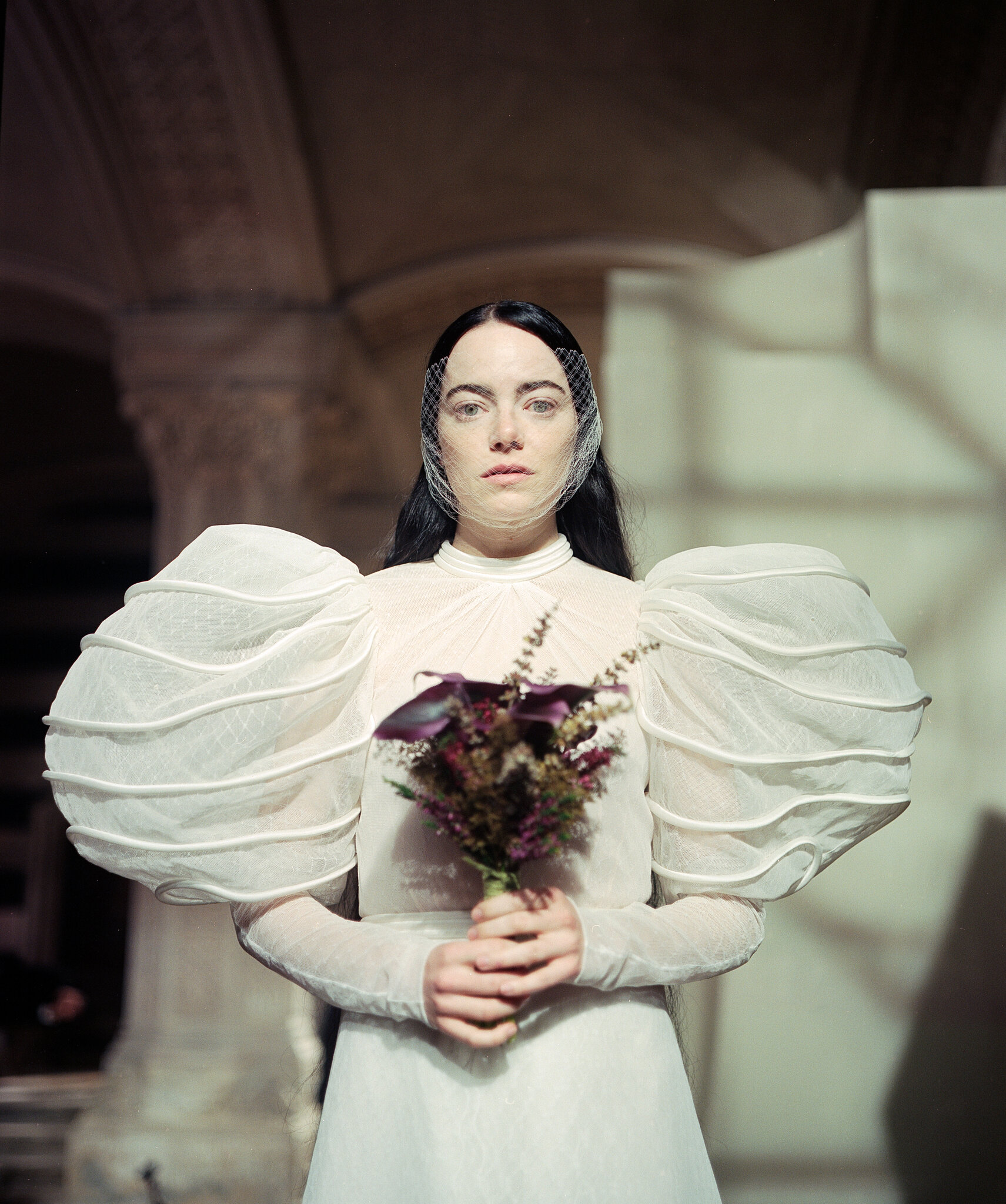
Poor Things by Yorgos Lanthimos
Poor Things: Nadia Stacey on the Oscar 2024-winning make-up and hair
The film opens with Bella’s suicide, with a close-up shot of the back of her head, showing hair pinned up in the fashion that was popular for women of polite society, unruly tendrils escaping their coiffured cage. Throughout her narrative arc, as the character travels the world, Bella’s hair becomes symbolically longer and more unruly. As Nadia Stacey, chief hair and make-up artist for Poor Things, explains: ‘Her hair was left down intentionally as a marker of her non-conformity to society, as we see all the women around her with period hairstyles. As the film goes on, the hair grows at an accelerated rate, too. So I changed the length as she moves through her journey ending up with 44-inch hair wefts.’
When Stacey signed on for the project, she was given simple instructions as to how the hair should be created almost immediately. ‘I received an email early on that just said “no wigs”! So I ended up using micro braids in Emma’s hair and attached real hair wefts of different lengths for different parts of the story. They were made in a natural brown and dyed black to match Emma’s hair.’ (Stone had accidentally dyed her hair black in real life; the initial plan was to take her red hair to a deep shade of brown). ‘The black hair wasn’t originally intentional; we knew it would be dark, but it went almost black. But it was a happy accident because it’s exactly what Bella should be. It makes her stand out in amongst this colourful world she enters and continually shows her as almost otherworldly,’ Stacey says.
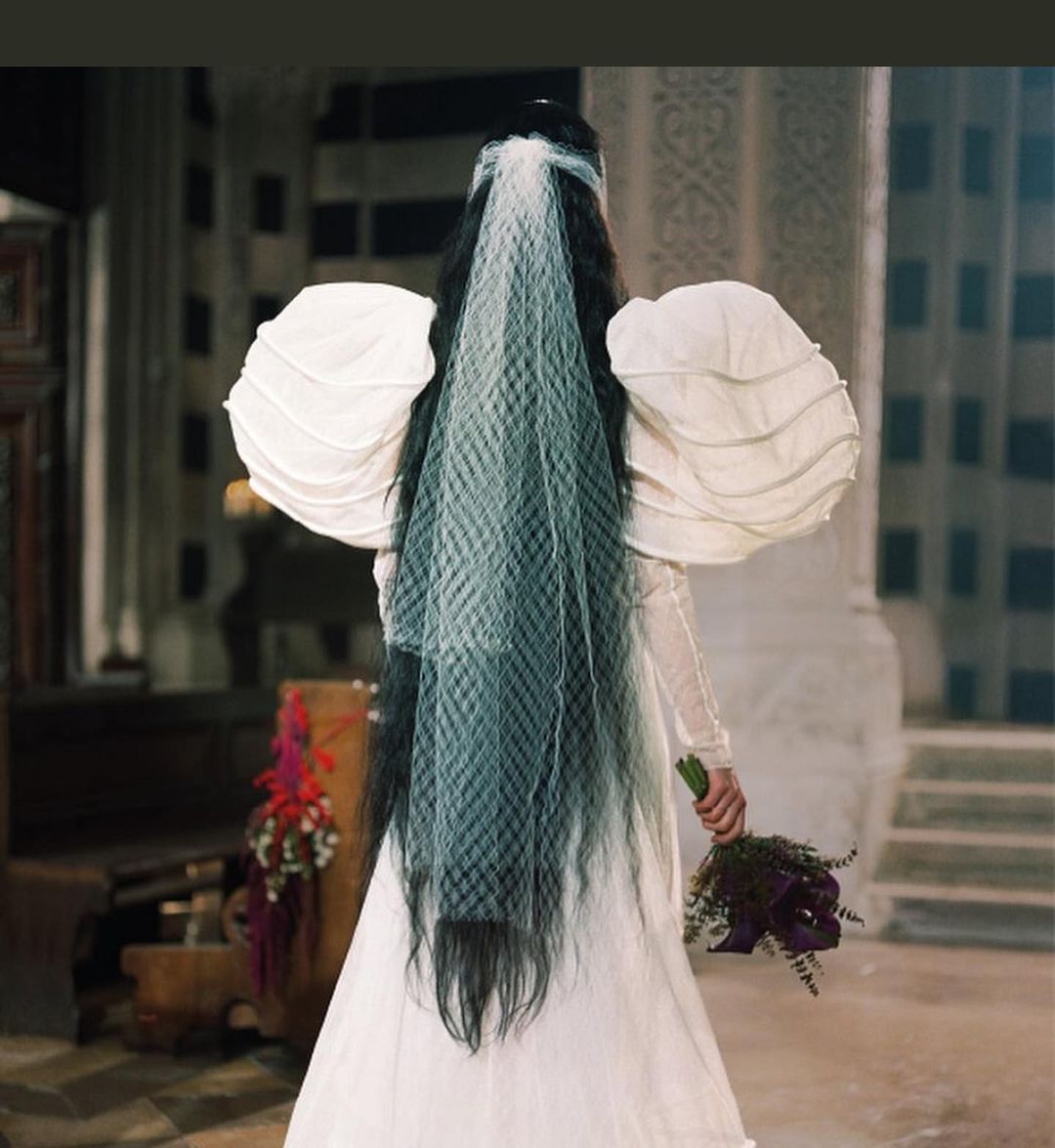
Poor Things by Yorgos Lanthimos
Bella’s face is purposefully kept make-up-free for the first half of Poor Things. ‘Yorgos always insists on no make-up when it’s not specific for a character and in this instance that is completely right,’ says Stacey. ‘When we first meet Bella she’s a baby and even if you saw make-up that was just applied for screen it would pull you out of the story. We concentrated on Emma’s skincare instead and used clear brow gel and matte lip balm just to polish her for the screen.’
It is when Bella arrives in Paris and meets brothel owner Madame Swiney (Kathryn Hunter), taking up a job at her establishment, that make-up comes into play. ‘Madame Swiney and the brothel girls all have make-up in the anatomical colours that our production designers were using in the Baxters’ house from medical references: blood red, pinks from skin, blues and purple from veins. I felt at that point Bella is learning something new, that make-up is part of the process of presenting herself to the men visiting the brothel and also what that means.’
Related story
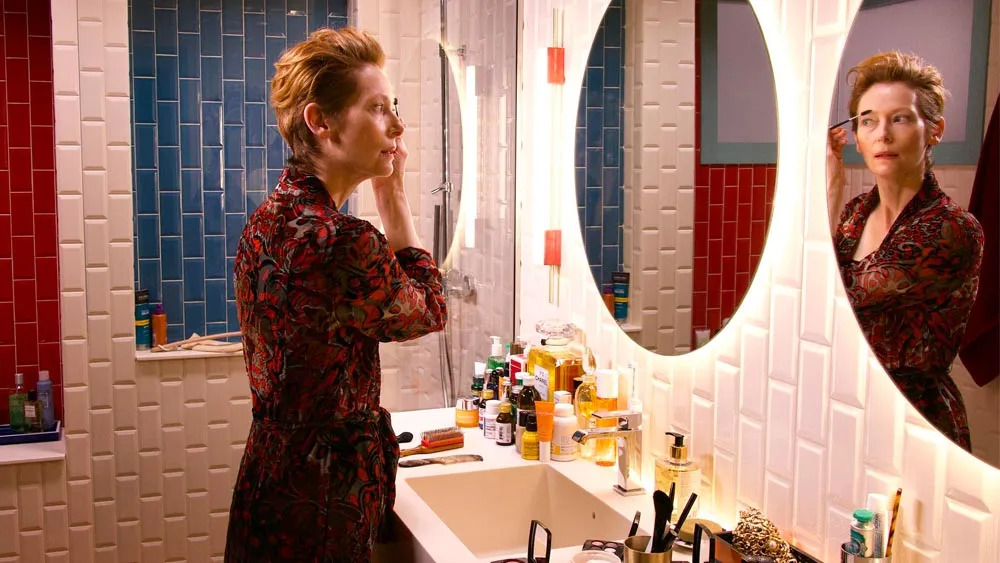
It is when Bella arrives in Paris and meets brothel owner Madame Swiney (Kathryn Hunter), taking up a job at her establishment, that make-up comes into play. ‘Madame Swiney and the brothel girls all have make-up in the anatomical colours that our production designers were using in the Baxters’ house from medical references: blood red, pinks from skin, blues and purple from veins. I felt at that point Bella is learning something new, that make-up is part of the process of presenting herself to the men visiting the brothel and also what that means.’
Wallpaper* Newsletter
Receive our daily digest of inspiration, escapism and design stories from around the world direct to your inbox.
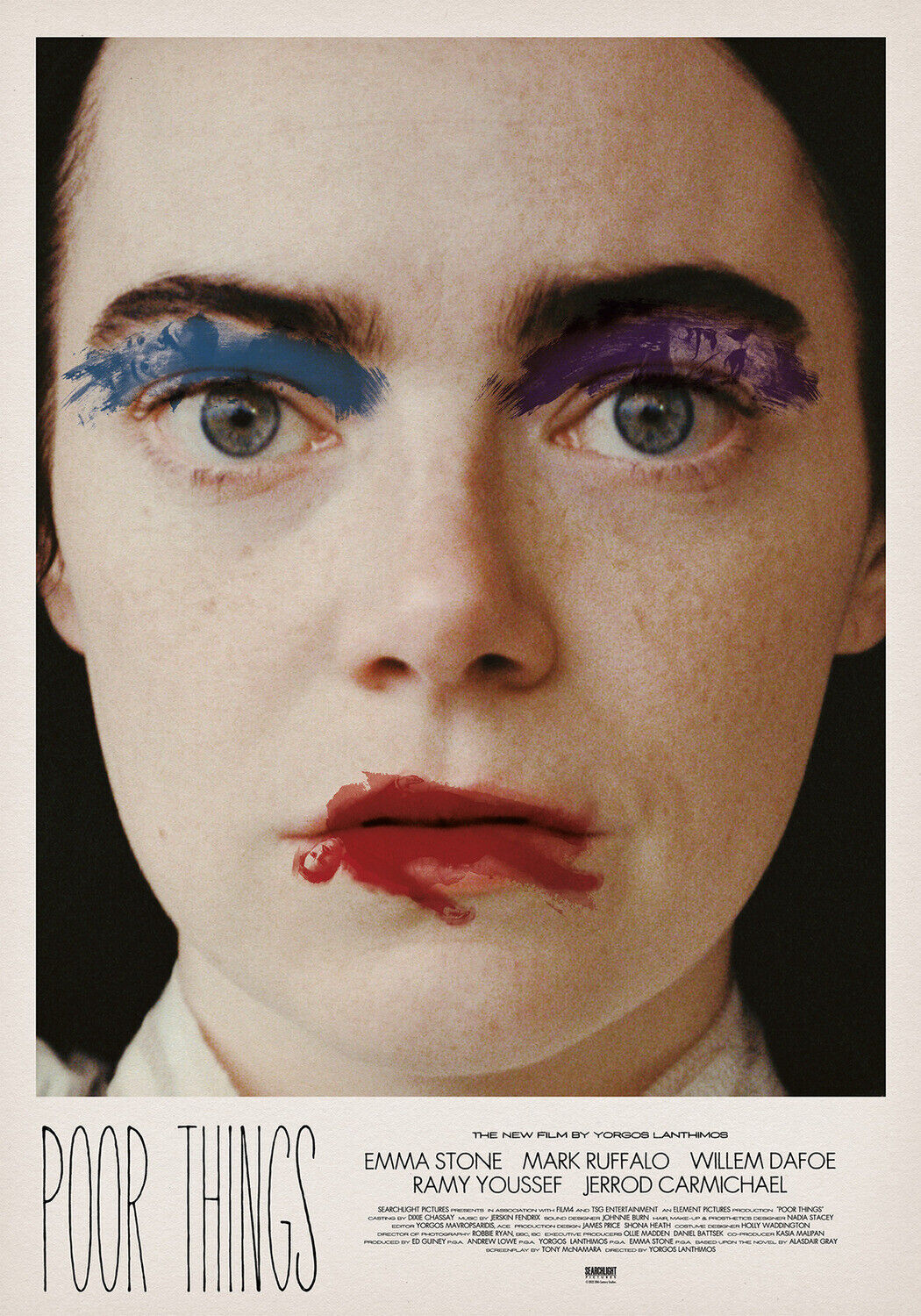
A poster for the film
Alongside her work with Stone, Stacey created the monstrous (in all senses of the word) prosthetic worn by Willem Dafoe, which involved layering several pieces together, even glueing some of them directly onto Dafoe’s face. The character the actor plays was experimented on by his father, also a surgeon, leading to disfigurement and bodily dysfunction. Outwardly terrifying, Dr Baxter (or ‘God’ as Bella calls him) is a complex and compassionate man.
‘The challenge was how to make this look on screen. It was a tough process because there could be so many different versions of that look,’ says Stacey. ‘There was a Francis Bacon painting that was a starting point. I worked with prosthetic artists Mark Coulier and Josh Weston to develop the initial ideas and we went through so many different versions because you have to strike the balance of shocking with seeing enough of the man to feel for him. And, when you have Willem Dafoe, you don’t want to cover his face completely. It was also important to tell the story of Dr Baxter and what his father had done to him through the scars on his face. Josh and Robin Pritchard, another prosthetic artist, applied the make-up daily and got it down to just under three hours in the end. Willem said it was six, but it must have just felt like that!’
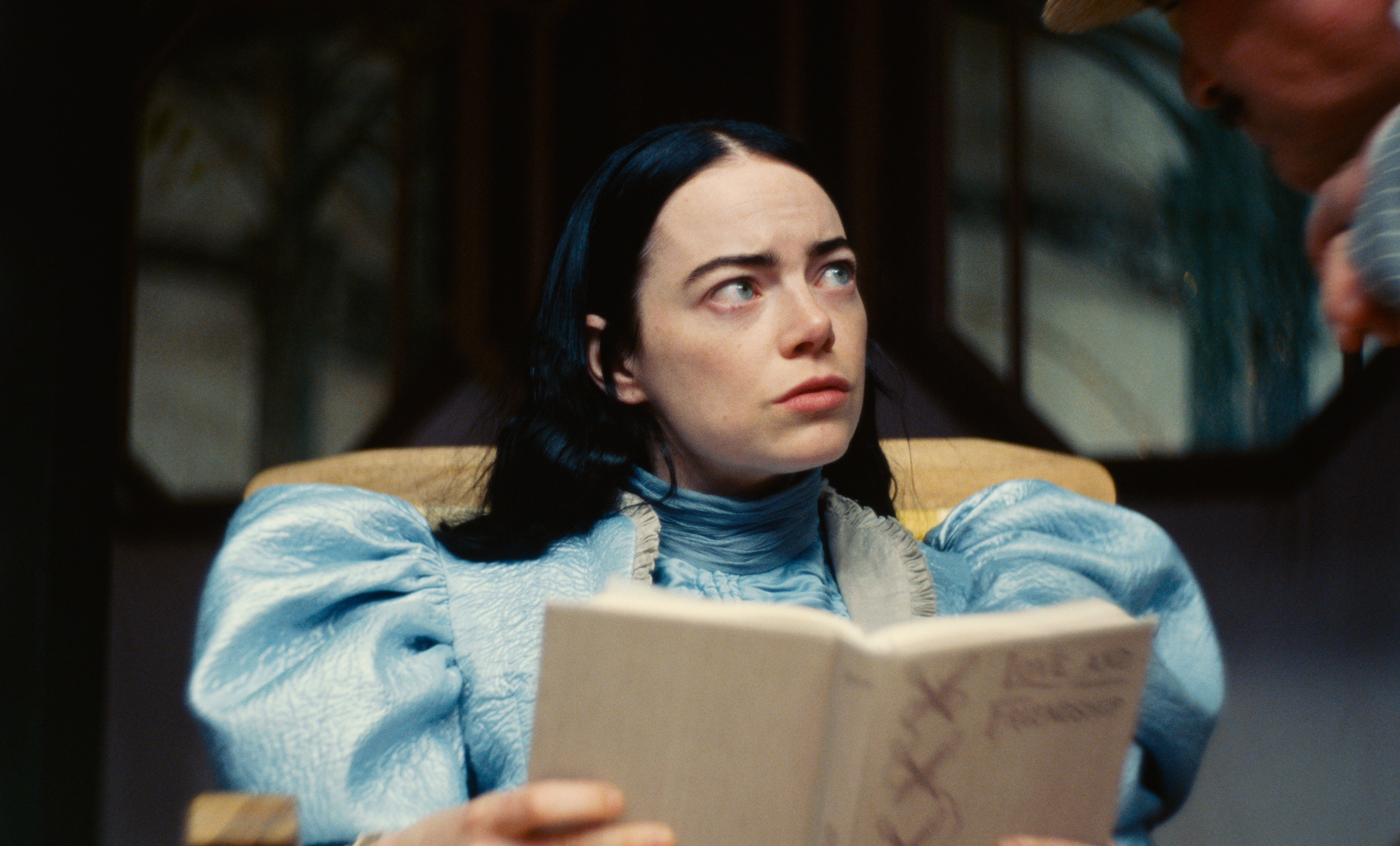
Poor Things by Yorgos Lanthimos
Poor Things marks the second collaboration between Yorgos Lanthimos and Nadia Stacey. The director is renowned for his post-modern filmmaking style as part of the ‘Greek Weird Wave’ cinematic movement, with his other work, including The Lobster, The Killing of a Sacred Deer, and The Favourite (Stacey provided hair and make-up for the last). ‘Working with Yorgos is the most creative you will ever be and the most scared! Not because of him, but because he allows the freedom to let you come up with ideas and feed them back. But there’s no limit to that, which is incredible but also scary, because you don’t know where the boundaries are. Essentially, there aren’t any. I watched Poor Things for the first time and felt the same as when I first watched The Favourite; I had no idea what the finished films would look like, but I was so incredibly proud that my name was on them. It’s exciting to work with someone so brave.’
Poor Things is in cinemas now, including Odeon

Poor Things by Yorgos Lanthimos
Hannah Tindle is Beauty & Grooming Editor at Wallpaper*. She brings ideas to the magazine’s beauty vertical, which closely intersects with fashion, art, design, and technology.
-
 Put these emerging artists on your radar
Put these emerging artists on your radarThis crop of six new talents is poised to shake up the art world. Get to know them now
By Tianna Williams
-
 Dining at Pyrá feels like a Mediterranean kiss on both cheeks
Dining at Pyrá feels like a Mediterranean kiss on both cheeksDesigned by House of Dré, this Lonsdale Road addition dishes up an enticing fusion of Greek and Spanish cooking
By Sofia de la Cruz
-
 Creased, crumpled: S/S 2025 menswear is about clothes that have ‘lived a life’
Creased, crumpled: S/S 2025 menswear is about clothes that have ‘lived a life’The S/S 2025 menswear collections see designers embrace the creased and the crumpled, conjuring a mood of laidback languor that ran through the season – captured here by photographer Steve Harnacke and stylist Nicola Neri for Wallpaper*
By Jack Moss